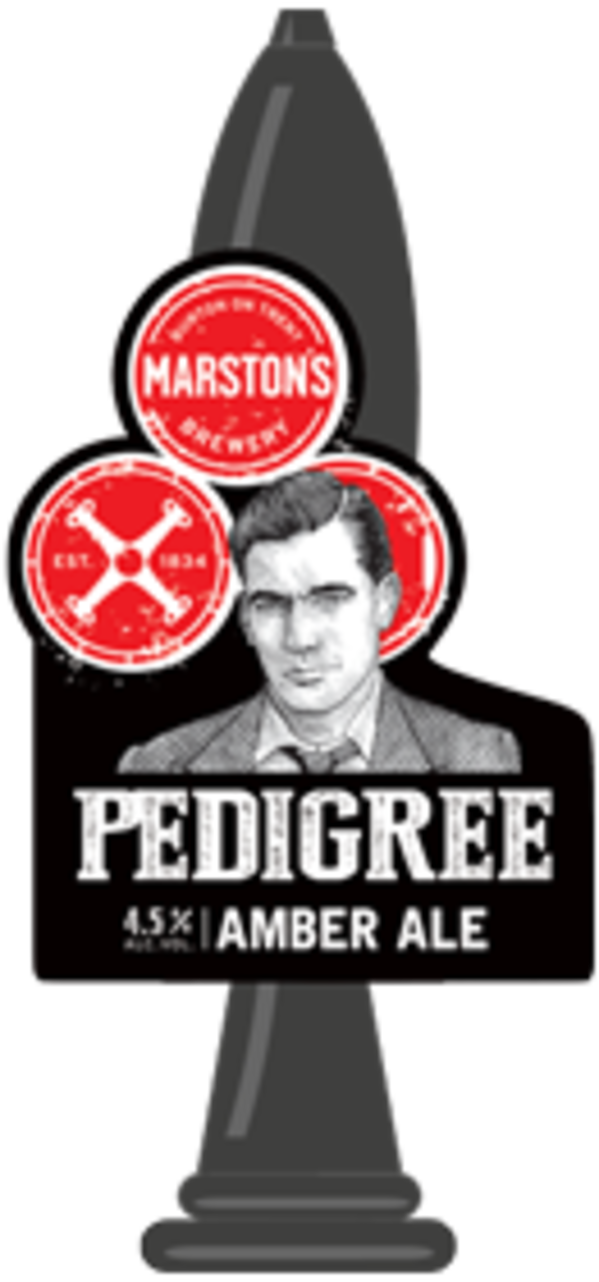Why I'm seeing red over 'amber' Bitter
Added: Wednesday, May 29th 2019

Why are Britain’s brewers turning their backs on one of the country’s best-loved beers styles? In spite of the brouhaha over the likes of IPA, saison and sour, the style most in demand from ale lovers is a good old pint of bitter.
And yet the term bitter is being sidelined. It’s the love that dare not speak its name as far as a growing number of bigger brewers are concerned. In its place, the new buzz word is “amber”.
The perpetrators of this crime against brewing history seem to think young drinkers will be put off by the name bitter. That is beyond all understanding. It’s the younger generation of beer lovers who are most entranced with heavily-hopped New World IPAs and they are unlikely to be deterred from supping a beer because it has a high level of bitterness.
Marston’s was the first to make this calamitous change. When the company rebranded its beers a few years ago, it announced – to cheers all round -- that Pedigree would be made available in bottle-conditioned form. Marston’s failed to add that it would henceforth be labelled amber ale rather than bitter.
This, frankly, is nonsense. Pedigree is a classic Burton pale ale, a style that made the Midlands town famous throughout the world in Victorian times. Brewers from London, Liverpool and Manchester hurried to Burton to establish plants there to avail themselves of the mineral-rich waters of the Trent Valley to brew their interpretations of pale ale.
Pedigree’s brewing recipe is simple and straightforward: pale malt, glucose sugar and Fuggles and Goldings hops. As the recipe contains no darker malts, by what strange alchemy can this beer, with a colour rating of just 20, be called “amber”? In the 19th century, brewers from central Europe came to Burton to see how pale ale was made and returned home to fashion the first pale – not amber – lagers.
With a scant regard to heritage, history and least of all accuracy, other brewers are now jumping on Marston’s bandwagon. Shepherd Neame, Britain’s oldest brewer – who really should know better – has changed the label of Spitfire from Premium Bitter to Kentish Amber Ale. In Wiltshire, Wadworth’s 6X is no longer Traditional Draught Bitter but “Crafted Amber Ale”. It’s reassuring to know it’s “crafted”.
Others panting in Pedigree’s wake include another Marston’s beer, Bombardier, along with Woodforde’s Wherry and Sharp’s Doom Bar, all now re-branded amber. Fuller’s London Pride, the main beer owned by Japanese brewer Asahi, has switched from Best Bitter to Original Ale, in preparation no doubt for the new owner’s plans to turn it into an “international brand”. Best not call it bitter in case it frightens the punters in Nagasaki.
It’s difficult to determine why the change from bitter to amber has been made. If the designation will have little appeal to young drinkers who love hoppy brews, it will cut even less ice with the older generation who have been happily downing pints of bitter for decades. And the brewers will certainly not encourage consumers of lager, who are used to products as pale as death, to move to beers called amber.
I’m not alone in expressing rage at this traducing of our brewing heritage. Fellow beer writers Pete Brown and Martyn Cornell have also vented their spleen over the switch to amber ale.
But I doubt the criticism will have any impact on the marketing departments of the breweries involved in this assault on one of our most noble of beer styles. From my long experience, marketing departments tend to be comprised of people with tin ears who are consumed by their own brilliance.
Imagine the outrage if something similar happened in other countries. If, say, French wine makers in Bordeaux relabelled their clarets “ruby wine” or such famous Champagne houses as Dom Perignon or Laurent-Perrier rebranded their products as “Bubbly”. Madame Guillotine would be oiled for action.
Let us be equally proud of our unique beer styles. We must guard them and cherish them and not let brewers make mock of them.
•First published in What’s Brewing, June 2019.







